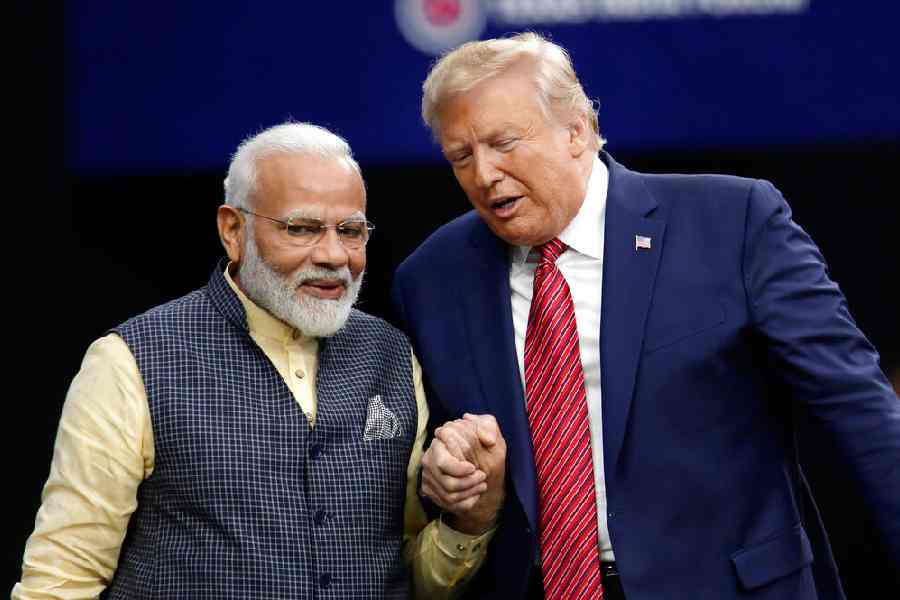It is the most versatile and common of insults. It needs no introduction or explanation. When a woman jostles you on the road, breaks your heart, or steals your job, all you need is one word: ‘bitch’. According to the Oxford English Dictionary, bitch has been used as a derogatory term for women since the early 15th century. Back then, it suggested that the woman in question was promiscuous. But after many adaptations, reinventions, and attempts to reclaim bitch, the meaning of the word has become more ambiguous. The Swiss artist, Daniela Belinga Agossa, and the curator, Ayan Mukherjee, try to get to the root of this pejorative word in the exhibition, When Did Bitch Become A Bad Word, hosted recently at A.M (Art Multi Disciplines).
The walls outside the gallery were turned into giant canvases where viewers could ‘interact’ with the idea of the show by pasting pictures or writing down lines. They were dotted with names and photographs of women role models — well-known countenances like that of Aruna Asaf Ali rubbed shoulders with little-known faces and unknown names. Inside, the cosy gallery space was bathed in an eerie pink glow — after all, just like ‘bitch’ has become a catch-all abuse for women, pink has been pigeonholed as the feminine shade. Big, indicting eyes stared back at the viewers from straight-jacketed dolls placed in corners. Incidentally, blue eyes, like the ones strewn across the gallery, are supposed to be evil. Lines from a poem written by Mukherjee, who does not mince his words, were scribbled on walls along with collages that shatter the myths that are used to denigrate women.
What the exhibition did is mix art, popular culture and history to dissociate the negative connotations attached to a particular word as well as celebrate those who succeeded in spite of inhabiting the abusive environment of a patriarchal world.











